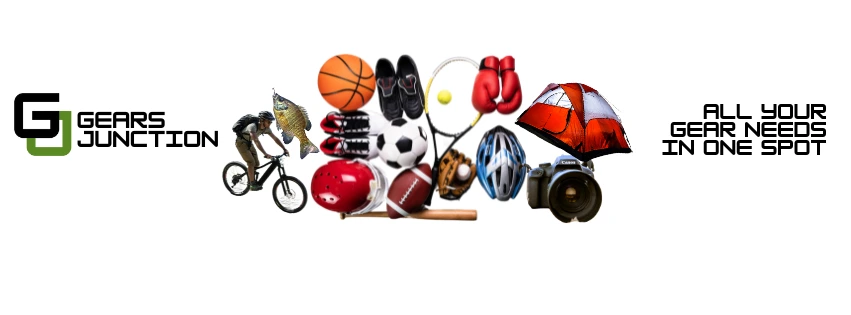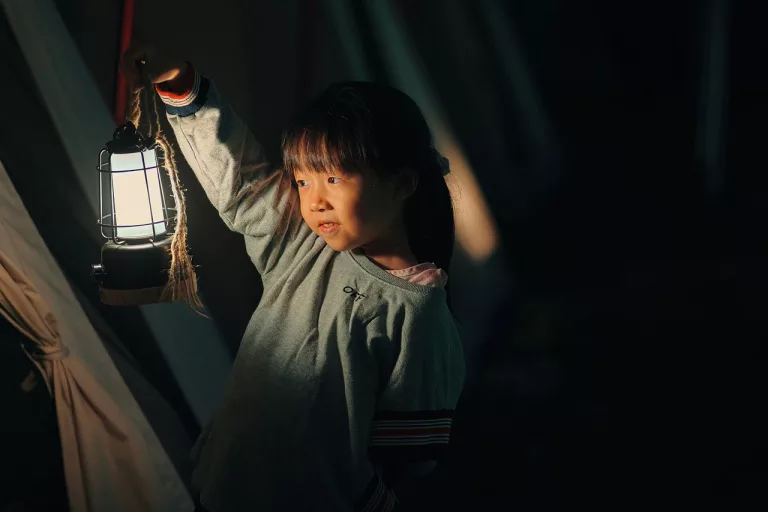Imagine you’re camping in the great outdoors, surrounded by nature’s beauty. The sun is shining, birds are chirping, and life is blissful. But suddenly, dark clouds start to roll in and a storm looms overhead. Panic sets in as you realize you’re unprepared for bad weather while camping. What now? Don’t worry, we’ve got you covered. In this article, we’ll provide you with essential tips and actionable advice on how to handle inclement weather during your camping trip, ensuring that you stay safe, comfortable, and able to make the most of your outdoor adventure. So, throw on your rain gear and let’s get started!
Prepare for Bad Weather Beforehand
Check the weather forecast
Before heading out on your camping trip, it’s crucial to check the weather forecast. This will give you an idea of what to expect and allow you to make necessary preparations. Look for information on possible storms, heavy rain, high winds, or extreme temperatures. By being aware of the weather conditions in advance, you can plan accordingly and ensure a safer camping experience.
Pack appropriate gear
Once you know what weather conditions to anticipate, it’s time to pack the right gear. If rain is expected, pack waterproof jackets, pants, and boots to keep yourself dry. In case of cold weather, bring warm clothing layers, hats, gloves, and extra blankets. If the forecast calls for extreme heat, pack lightweight and breathable clothing, sunscreen, and a hat to protect yourself from the sun. Being prepared with suitable gear will help keep you comfortable and safe throughout your camping trip.
Choose a suitable camping location
When bad weather is a possibility, it’s essential to choose a camping location that will provide some protection. Look for campgrounds that have sheltered areas or natural barriers like trees or hills that can act as windbreaks. Avoid camping near rivers or streams that have the potential to flood during heavy rain. By selecting a suitable camping location, you can minimize your exposure to harsh weather conditions.
Setting Up Camp
Select a safe and sheltered campsite
When you arrive at your camping destination, take the time to choose a safe and sheltered campsite. Look for areas that are protected from high winds or potential hazards like falling trees or branches. Avoid setting up camp near tall objects that may attract lightning during thunderstorms. By selecting a safe campsite, you can significantly reduce the risks associated with bad weather.
Pitch your tent strategically
When setting up your tent, consider the direction of the wind and how it may impact your shelter. Position the tent so that the entrance is facing away from the wind. If possible, use natural barriers like trees or rocks to further block the wind. This strategic setup will make your tent more stable and help protect it from being damaged by strong gusts.
Consider using a tarp or rainfly
To provide additional protection against rain and wind, consider using a tarp or rainfly over your tent. This extra layer will help prevent water from seeping into the tent and keep you dry during wet weather. Make sure to set up the tarp or rainfly securely, avoiding any contact with the tent fabric to prevent leaks. This simple precaution can make a big difference in keeping your camping experience comfortable even during bad weather.
Secure your tent and other equipment
Before settling into your campsite, take the time to secure your tent and any other equipment you have. Use sturdy tent stakes to anchor your tent to the ground and prevent it from being blown away. Secure loose items such as camping chairs or cooking utensils to avoid them being tossed around by strong winds. By properly securing your belongings, you ensure they are less likely to get damaged or pose a safety risk during bad weather.
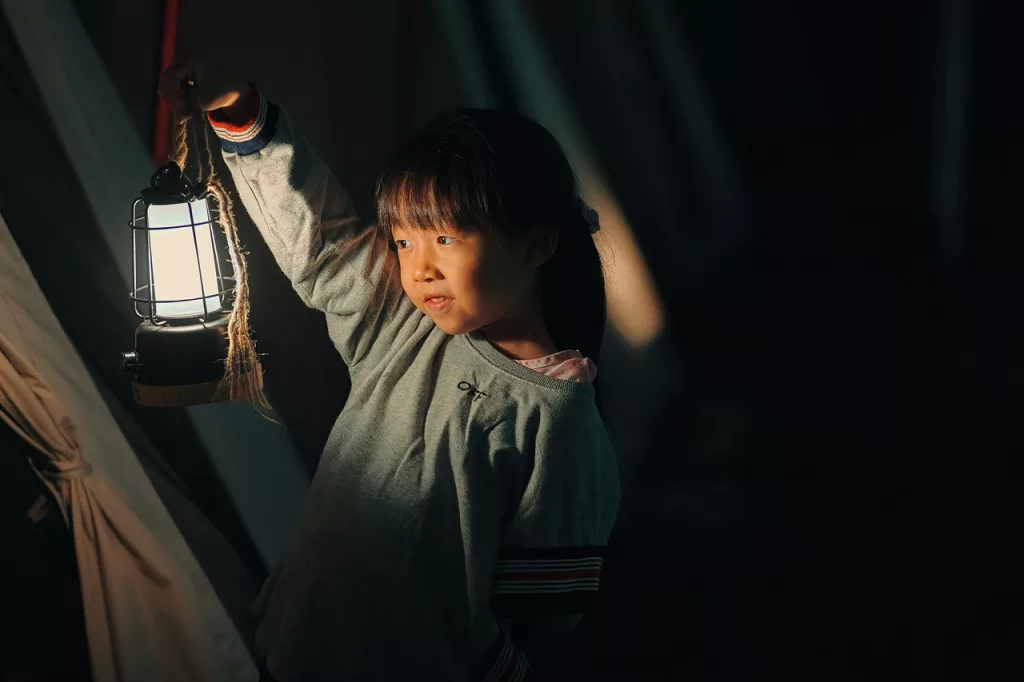
Stay Informed During Bad Weather
Monitor weather updates
During your camping trip, it’s important to stay informed about any changes in the weather. Keep a close eye on weather updates through your smartphone, portable radio, or other devices with internet access. This real-time information will help you make informed decisions about whether to stay or seek shelter elsewhere. Remember to take any severe weather warnings seriously and be prepared to take action as needed.
Listen to local authorities
In case of severe weather, it’s crucial to listen to local authorities and follow their instructions. They are trained to assess the situation and provide guidance on staying safe. If evacuation is recommended or required, it’s essential to comply promptly. Staying updated with the latest information and following instructions will help ensure your well-being and that of those around you.
Be aware of evacuation routes
When camping in an area prone to extreme weather conditions, it’s essential to be aware of evacuation routes. Take note of the nearest exits or safe locations where you can shelter if necessary. Familiarize yourself with the surroundings and know the best way to reach safety quickly. Being prepared and knowing the evacuation routes in advance will enable you to react efficiently in case of emergencies.
Take Shelter in Your Tent or Vehicle
Stay inside your tent
When bad weather strikes, it’s generally best to seek shelter inside your tent. The tent will provide you with protection from rain, wind, and potential lightning strikes. Once inside, make sure all your belongings are safely secured, and avoid touching the tent walls or poles to minimize the risk of electric shock during a thunderstorm.
Ensure proper tent ventilation
While it may be tempting to close up your tent completely during bad weather to keep out rain and wind, it’s important to ensure proper ventilation. Proper airflow will help reduce condensation inside the tent, prevent the buildup of moisture, and keep the interior dry and comfortable. Leave a small opening or partially unzip the door or windows to allow for air circulation. This simple step will make a significant difference in your overall camping experience.
Avoid touching metal parts
During a thunderstorm, it’s crucial to avoid touching any metal parts inside or outside the tent. Metal poles, stakes, or other metal objects can attract lightning. By keeping a safe distance from these items, you reduce the risk of being struck by lightning.
Use your vehicle as a backup shelter
If the weather is exceptionally severe or your tent is not adequately equipped to handle the conditions, consider using your vehicle as a backup shelter. A car or RV can provide a safe and secure space during bad weather. Park your vehicle in a safe location, lock the doors, and wait out the storm inside. However, avoid touching any metal parts of the vehicle’s interior during thunderstorms.
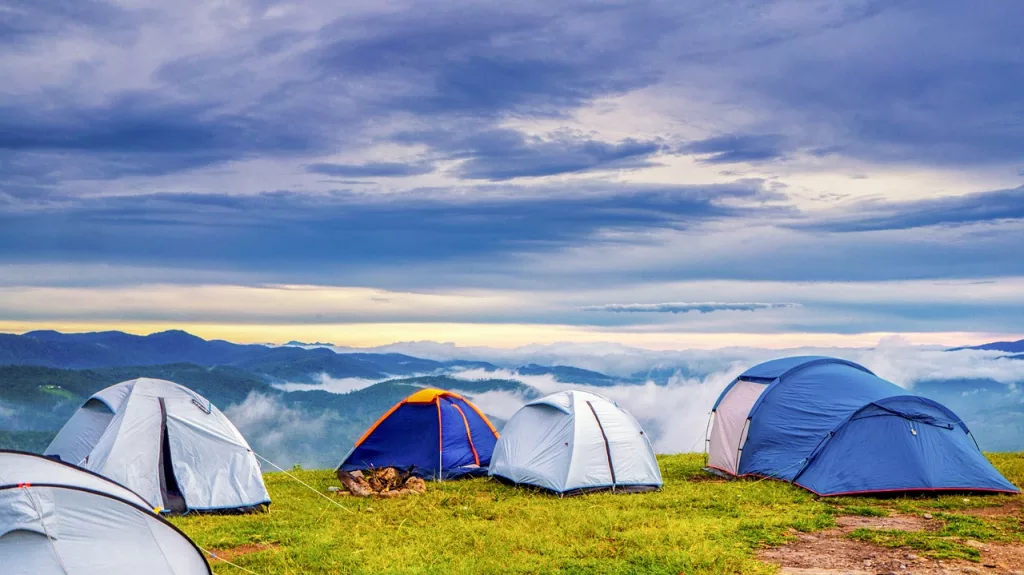
Dealing with Thunderstorms
Avoid tall objects and open areas
During a thunderstorm, it’s crucial to avoid tall objects and open areas. Seek out low-lying areas away from trees, open fields, or bodies of water. Lightning tends to strike the highest point in an area, so minimizing your exposure to tall objects significantly reduces the risk of being struck.
Stay away from metal objects
During a thunderstorm, it’s important to stay away from any metal objects. Metal conducts electricity and can act as a lightning rod, increasing the chances of being struck. This includes metal fences, power lines, and other structures or objects that can attract lightning.
Do not take shelter under isolated trees
While seeking shelter under a tree may seem like a good idea during rain, it is extremely dangerous during a thunderstorm. Trees, especially isolated ones, can be target points for lightning strikes. Taking cover under a tree greatly increases the risk of being struck. Instead, find a safer location away from trees to protect yourself during a thunderstorm.
Assume a safe position if caught in lightning
If you are caught in a thunderstorm and cannot immediately seek shelter, assume a safe position until the storm passes. Crouch down low, with your feet close together, and minimize contact with the ground. Do not lie flat on the ground, as this increases the chances of electrical current passing through your body. Stay in this position until the storm has moved away and the risk of lightning has diminished.
Managing Heavy Rain and Flooding
Avoid camping near rivers or streams
When heavy rain is forecasted, it’s important to avoid camping near rivers or streams. These water sources can quickly rise and overflow during a downpour, leading to dangerous flooding. Camp on higher ground, away from these areas, to minimize the risk of being caught in a flash flood.
Stay on higher ground
During heavy rain and the potential for flooding, staying on higher ground is essential for your safety. Avoid low-lying areas or valleys that may quickly fill with water. Set up your campsite on elevated terrain to reduce the risk of being affected by rising water levels.
Use sandbags or create trenches
If heavy rain persists and there is a risk of flooding, you can use sandbags or create trenches to divert water away from your campsite. Sandbags placed strategically around your tent or other equipment can provide an added layer of protection. Alternatively, digging shallow trenches around your camp can help channel water away from your belongings.
Be cautious of flash flooding
During heavy rain, be alert for signs of flash flooding. Flash floods can occur suddenly and are extremely dangerous. Pay attention to rising water levels, rapidly flowing water, and any changes in nearby streams or rivers. If you observe any signs of flash flooding, immediately seek higher ground to ensure your safety.

Handling High Winds
Secure your tent and other belongings
In anticipation of high winds, it’s crucial to securely anchor your tent and other camping equipment. Use additional tent stakes or guy lines if necessary to reinforce the stability of your tent. Ensure that all your belongings, including camping chairs, tables, or cooking equipment, are properly secured to prevent them from becoming projectiles in strong winds.
Avoid camping in open areas or on hills
When high winds are expected, it’s best to avoid camping in open areas or on hills. These locations are more exposed to wind gusts and may pose a greater risk to your safety. Instead, choose a sheltered campsite with natural barriers such as trees or hills that can help break the force of the wind.
Reinforce your tent’s stability
To strengthen your tent’s stability in high winds, you can take a few extra precautions. Set up your tent with the narrowest side facing the direction of the wind to minimize wind resistance. Use additional guy lines to secure the tent to nearby trees or rocks, if available. Reinforce the seams and zippers of your tent to prevent any gaps that could allow wind or rain to enter.
Be aware of falling debris
During high winds, be aware of the potential for falling debris. Avoid setting up camp under dead or overhanging branches that could break off and pose a threat to your safety. Stay away from areas with visibly damaged or unstable trees. Being alert and cautious of falling debris will help keep you safe during periods of strong winds.
Coping with Cold Weather
Dress in layers
When camping in cold weather, dressing in layers is key to staying warm and comfortable. Layering allows you to adjust your clothing according to your body temperature and the weather conditions. Start with a moisture-wicking base layer to keep sweat away from your body. Add insulating layers, such as fleece or down jackets, to trap heat. Finally, wear a waterproof and wind-resistant outer layer to protect yourself from the elements.
Use appropriate sleeping gear
To ensure a restful night’s sleep in cold weather, use appropriate sleeping gear. Invest in a high-quality sleeping bag that is rated for the expected temperatures. Consider using a sleeping pad or insulated air mattress to provide a barrier between your body and the cold ground. Utilize extra blankets or a sleeping bag liner for added warmth if needed.
Keep your body warm and hydrated
In cold weather, it’s crucial to keep your body warm and hydrated. Eat warm, high-calorie meals and drink plenty of fluids to fuel your body and maintain core temperature. Avoid excessive alcohol consumption, as it can impair your body’s ability to regulate temperature. Stay active and move around periodically to generate body heat. Keeping your body warm and properly hydrated will help prevent hypothermia and keep you comfortable during cold weather camping.
Create a windbreak around your camp
To combat the chilling effects of wind during cold weather camping, create a windbreak around your campsite. Set up your tent close to natural barriers like trees, shrubs, or large rocks to help block the wind. Use a tarp or windscreen to further shield your camp from gusts. Creating a windbreak will provide you with more comfort and make your camping experience more enjoyable in cold weather.

Dealing with Extreme Heat
Stay hydrated
When camping in extreme heat, staying hydrated is crucial to prevent heat-related illnesses. Drink plenty of water throughout the day, even if you don’t feel thirsty. Avoid sugary drinks and caffeine, as they can contribute to dehydration. Carry a reusable water bottle and refill it whenever necessary. Hydrating properly will help regulate your body temperature and keep you safe in hot weather.
Seek shade during the hottest hours
During periods of extreme heat, seek shade during the hottest hours of the day. Plan your activities and outings in the early morning or late afternoon when temperatures are lower. Take advantage of natural shade provided by trees or set up a portable canopy or umbrella to create your shade. By minimizing sun exposure during the hottest hours, you can protect yourself from heat exhaustion or heatstroke.
Wear lightweight and breathable clothing
When camping in extreme heat, it’s essential to wear lightweight and breathable clothing. Choose fabrics that wick away moisture and allow air circulation to keep your body cool. Opt for loose-fitting, light-colored garments that reflect sunlight instead of absorbing it. Wearing the right clothing will help regulate body temperature and increase your comfort level in high temperatures.
Use wet fabric or a cooling towel
To cool down during extreme heat, use wet fabric or a cooling towel. Soak a bandana or towel in cold water, wring out any excess, and drape it around your neck or forehead. This will help lower your body temperature and provide instant relief from the heat. Re-wet the fabric whenever it starts to dry out for continuous cooling.
Be Prepared for Emergency Situations
Have a well-stocked first aid kit
No matter the weather conditions, having a well-stocked first aid kit is essential for any camping trip. Make sure your kit includes items such as bandages, adhesive tape, antiseptic wipes, pain relievers, and any necessary prescription medications. Familiarize yourself with the contents of the kit and know how to use them effectively in case of injuries or emergencies.
Know basic first aid techniques
In addition to having a first aid kit, it is important to know basic first aid techniques. Take the time to learn how to respond to common camping injuries such as cuts, burns, sprains, or insect bites. Being familiar with first aid procedures will enable you to promptly and effectively provide care until professional help arrives, if necessary.
Carry emergency communication devices
When camping in remote or unpredictable weather-prone areas, it’s important to have a means of communication in case of emergencies. Carry a fully charged cell phone or invest in a satellite phone for locations without cell service. Consider packing a portable radio or a Personal Locator Beacon (PLB) as additional communication devices. These devices will allow you to summon help or receive critical information when needed.
Designate a meeting point
In the event of an emergency or severe weather conditions, it’s crucial to have a designated meeting point for your camping group. Choose a location near your campsite that is easily identifiable and accessible. Ensure that everyone in your group knows the meeting point and what actions to take if separated. Having a designated meeting point will make it easier to regroup and ensure the safety of everyone in your camping party.
By following these comprehensive guidelines, you can be better prepared to handle bad weather while camping. Remember to check the weather forecast before your trip, pack appropriate gear for the conditions, and choose a suitable campsite. Stay informed during bad weather, take shelter in your tent or vehicle as necessary, and know how to handle thunderstorms, heavy rain, high winds, and extreme temperatures. Be prepared for emergency situations by carrying a first aid kit, knowing basic first aid techniques, and having emergency communication devices. By taking these precautions and being prepared, you can enjoy your camping trip while staying safe and comfortable, no matter the weather.
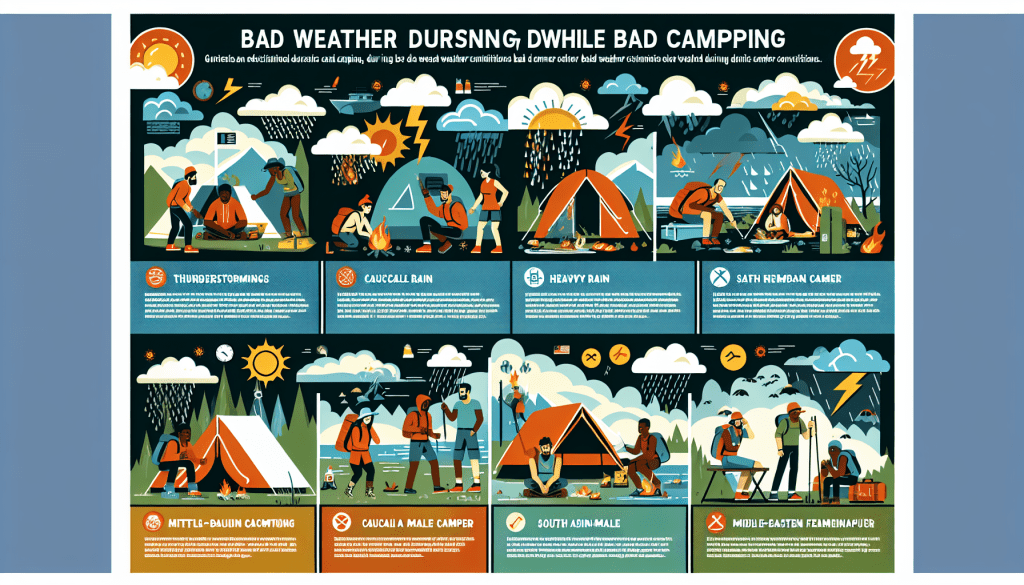
Browse the page for 30 seconds to reveal the link
30
